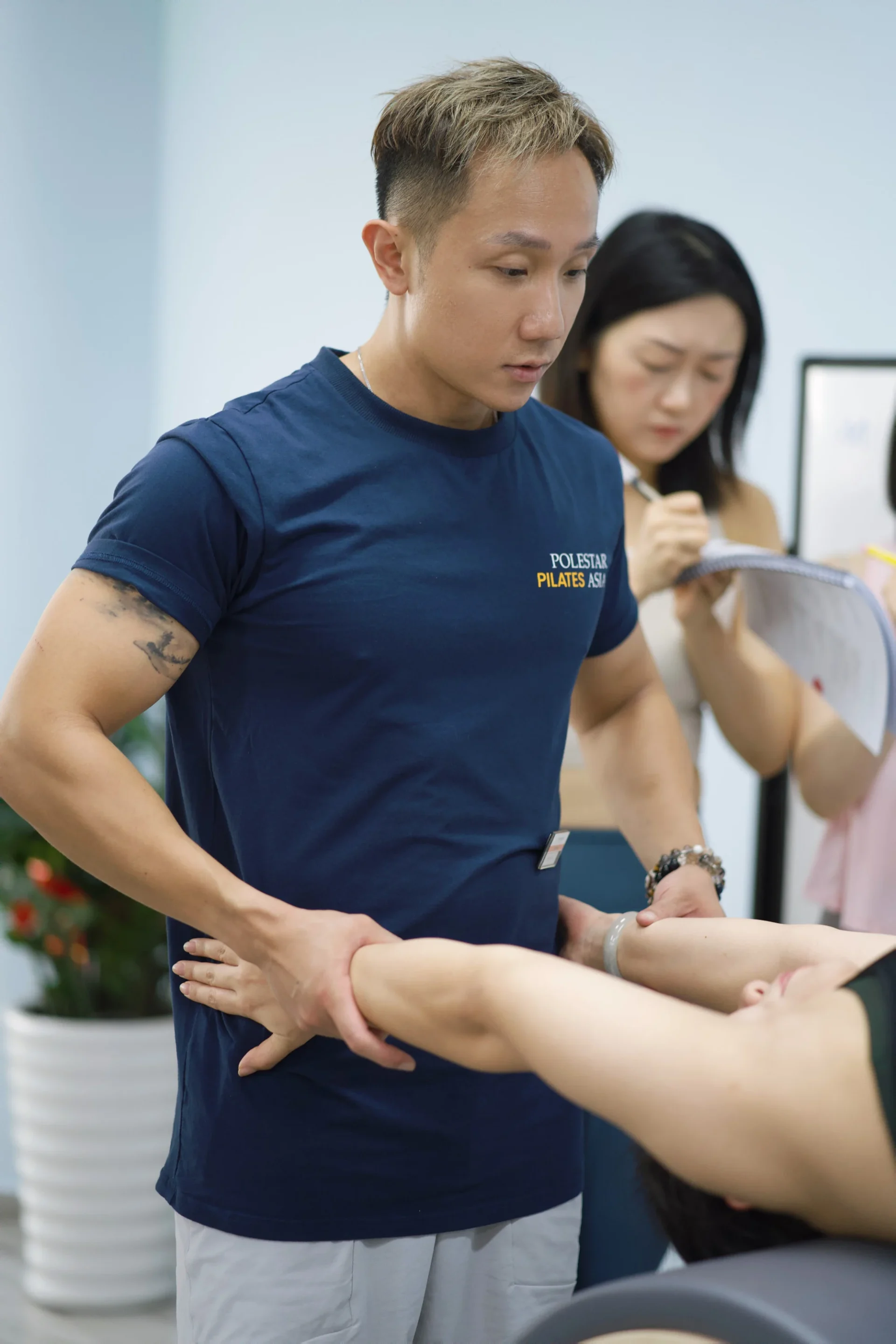Dawnna Wayburne’s life has been a tale of resilience and determination. As a young girl in the UK, she battled a lung tumour, and while she won, the surgery left her with lasting nerve damage, causing her face to droop on one side and one hip to rise higher than the other. Though she later joined the esteemed Royal Academy of Dance in London, her physical limitations restricted her full potential as a professional dancer.
It wasn’t until the 1970s that Dawnna stumbled upon Pilates. Initially perceiving it as just another set of stretching exercises, she soon realized its profound influence on her dancing. More than just physical routines, Pilates introduced her to a new realm of mindfulness, elevating dancers to a state of excellence and helping prevent injuries.
Upon relocating to Hong Kong and establishing her ballet school, Dawnna noticed familiar physical imbalances in her students. This observation led her to weave Pilates into her dance instructions. By 1998, she had launched the Pilates studio Iso Fit, where she remains the education director.
But what exactly is Pilates? Conceived by Joseph Pilates during WWI as a rehabilitative routine, this exercise method is a combination of low-impact movements designed to improve mobility, strength, balance, and flexibility. A large part of its emphasis lies in breathing, forming a mind-body connection, and maintaining the correct form. It’s about becoming consciously aware of one’s body in space and understanding every movement made.
An essential aspect of Pilates is its adaptability. Regardless of age or fitness level, it caters to everyone, from senior citizens to athletes. While a ballerina might be practicing next to a golfer, each person derives unique benefits from the same exercise.
Kenny Kam, another instructor at Iso Fit, talks about how Pilates salvaged him from the physical woes of a decade-long corporate job. Despite being a weightlifter, a Mat Pilates class proved challenging for him, but eventually aided in his physical well-being and weightlifting.
There’s always a debate about choosing between Pilates and yoga. Both foster strength and flexibility with a focus on breathing. However, Pilates, with its “open-chain” movements, is often better suited for those with injuries. Moreover, it is more inclined toward understanding muscle alignment, unlike the spiritual bend of yoga.
However, it’s essential to understand Pilates’ limitations. It strengthens and stabilizes but doesn’t offer the cardiovascular benefits of an aerobics class.
For beginners navigating the array of Pilates classes available, Dawnna suggests starting with Reformer Pilates classes, despite their higher cost, before transitioning to Mat classes. And as for the trending Wall Pilates 28-day challenge? While the wall provides resistance, it’s crucial to have a basic understanding of Pilates to ensure the correct form. Challenges can be a great starting point but are not a one-size-fits-all solution.
Pilates continues to be a life-changing journey for many, transforming bodies, and more importantly, minds.
READ MORE:
